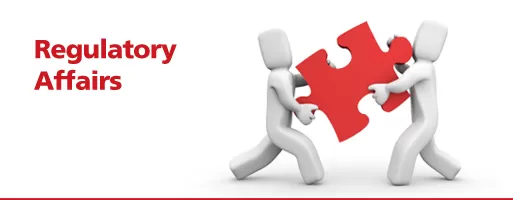Have you ever felt overwhelmed with all of the projects you are juggling at work, and as a result, felt that you weren’t doing any one of them as well as you could? Perhaps you have felt swamped, juggling so many projects that you are unsure where–or even how–to start.
There is an intriguing time management tool…a tomato. Maybe you have heard of–or used–the Pomodoro Technique™, but its properties are quite simple and can be applied anytime, anywhere.
According to the website, “Creator Francesco Cirillo was a university student in Rome struggling to stay on task. He decided to challenge his powers of concentration using what he had at hand – a kitchen timer in the shape of a tomato. That was the first Pomodoro (tomato in Italian). Bright red, iconic, and charmingly low-tech, it’s the perfect invitation for getting things done.”
Essentially, the technique involves writing a to-do list early in the day, setting your timer (kitchen, electronic, web-based, or otherwise) for 25 minutes, and focusing on only one task from your list during that time. When the timer goes off, you have completed one “pomodoro.” You put a check mark next to that task on your list, indicating the completion of one pomodoro, and take a 5-minute break. After that, you set your timer once again and go for another 25 minutes, again focusing on one task alone, though it may or may not be the same task you worked on previously. After completing 4 “pomodoros” in a row, you take a longer break, from 15-30 minutes.
The claims made on the Pomodoro website include:
- “Enhance focus and concentration by cutting down on interruptions!”
- “Boost motivation and keep it constant!”
- “Refine the estimation process, both in qualitative and quantitative terms!”
- “Improve your work or study process!”
This technique seemed so simple, and its claims so lofty, we had to try it out for ourselves.
Since we don’t have a pomodoro of our own, we opted for a simple online clock. Per the instructions on the PT website: list all of the projects on the “Activity Inventory Sheet,” and from those chose four tasks to list on the “To-Do Today” sheet. Even thought the site offers worksheets, we used Excel to track projects. With the timer set for 25 minutes, we went to work. When the timer went off, we had a five minute break to grab a drink of water. We then reset the timer, and went back to work for another 25 minutes.
By the end of the day, we felt a great sense of accomplishment, having completed many pomodoros–and many goals for that day. If you regularly struggle with internal interruptions (“What’s for dinner?” “What do we need at the grocery store?” “What time is that meeting again?” etc.), then this might be a particularly good technique for you.
We found the length of one pomodoro (25 minutes) so short that is was easier to fend off these interruptions. Conversely, the amount of time spent on one pomodoro (25 minutes) was in fact long enough to focus intently and not lose concentration on the task at hand. Further, knowing how many pomodoros a particular task actually took to complete was valuable information I used throughout the day and into the next.
All from one little tomato. Check it out and see if this time management tool works for you. If so, let us know with a comment below.





